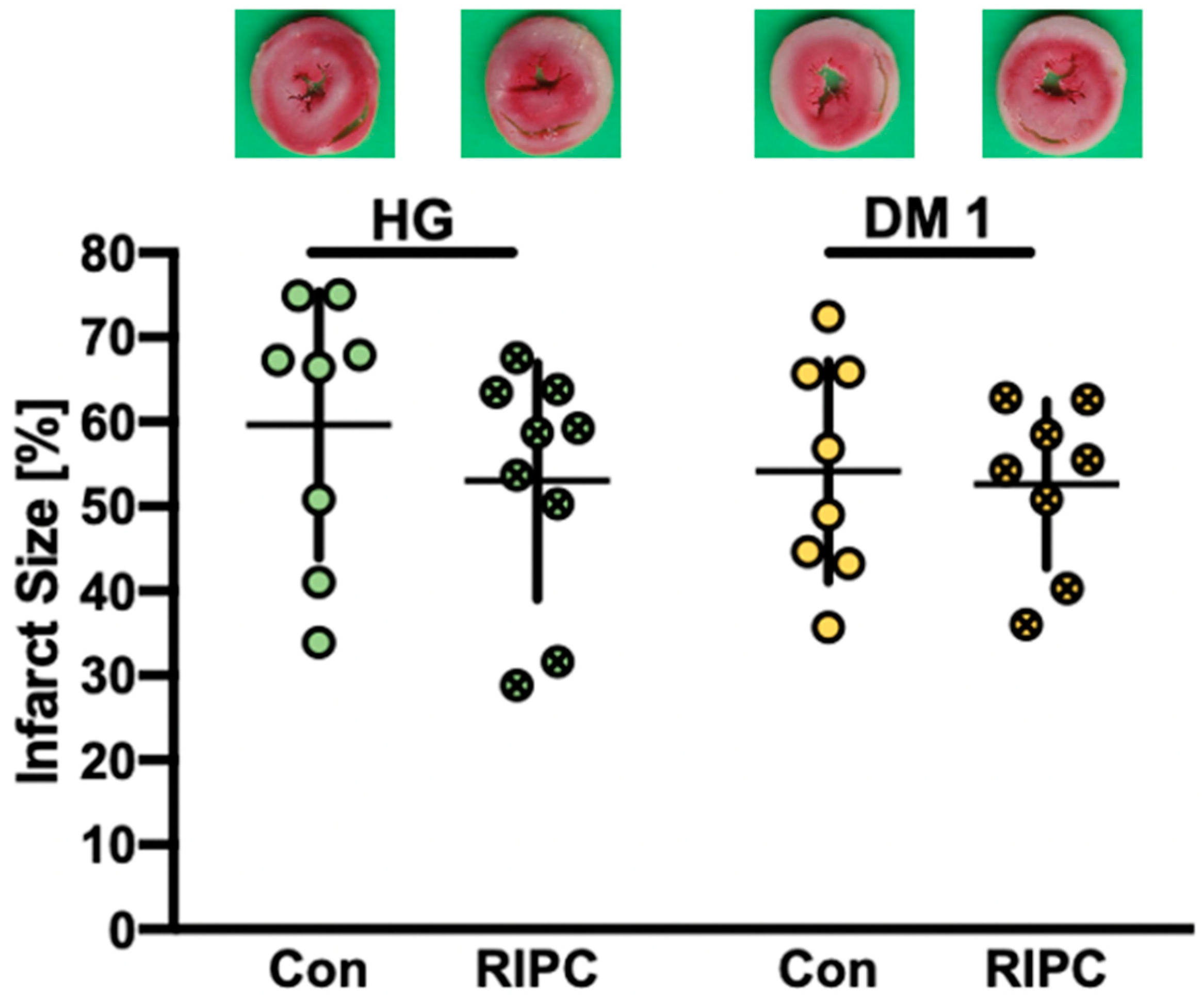Learn about causes, symptoms, and treatment. It is an electrolyte disorder that may be caused by factors such as dehydration or certain chronic … Common causes include … But persistent or significant hyperchloremia … Hyperchloremia occurs when there is excessive intake of chloride, reduced renal chloride excretion, or metabolic acidosis which drives chloride retention. In a person with hyperchloremia, the absorption of chloride into the interstitial fluid and subsequently into the blood capillaries is increased. · chloride blood levels above 95-105 meq in adults and children are considered high (also known as hyperchloremia). · hyperchloremia is when you have high levels of chloride in your blood. · this article outlines what hyperchloremia is, including its symptoms and causes. Hyperchloremia is a medical condition where the concentration of chloride ions in the bloodstream is abnormally elevated. · hyperchloremic metabolic acidosis is a pathological state that results from bicarbonate loss, rather than acid production or retention. This means the concentration of chloride … High chloride in the blood (hyperchloremia) itself might not cause noticeable symptoms, and a slightly elevated level may not be a major concern. Bicarbonate loss leading to … Normal serum chloride levels typically range between 96 and 106 … This test is usually ordered as part of an electrolyte or … It also examines how doctors diagnose and treat the condition and if a person can prevent it. · hyperchloremia is an electrolyte imbalance that occurs when theres too much chloride in the blood. · he is an internationally recognised clinician educator with a passion for helping clinicians learn and for improving the clinical performance of individuals and collectives.
Hyperchloremia Icd 10 Code The Definitive Guide
Learn about causes, symptoms, and treatment. It is an electrolyte disorder that may be caused by factors such as dehydration or certain chronic … Common...




